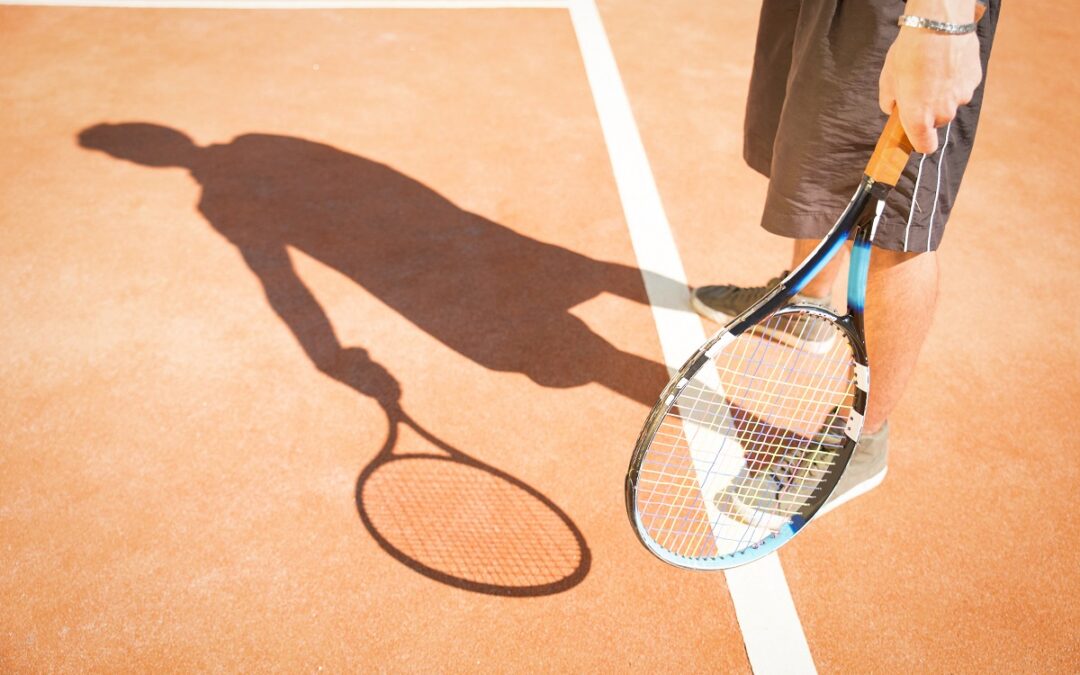It is true that stepping onto the court as a novice can be both exciting and challenging. One aspect of the game that new players often struggle with is spotting and dealing with mistakes.
While mistakes are a natural part of the learning process, identifying and resolving these errors will help you improve your game significantly.
So let’s consider four common mistakes, identified by Coach Michelle, that beginner tennis players make, and explore suggestions that will help you avoid them and advance to the next level of your game.
Gripping the Racket Too Tightly
One of the most common errors new tennis players make is holding onto the racket too tightly.
When you grip the racket with excessive force, you lose the right amount of power and control in your shots. This puts undue strain on your hand, arm, and shoulder, and increases your risk of injury.
MO Tip: Relaxed Your Grip. Just like you would shake your pal with a firm yet not too tight hand grip, practice doing the same with your racket.
A loose grip allows for superior ball control, wrist flexibility, and the capacity to generate more spin. Using this precise grip technique will improve your shot-making ability and lower your risk of strain and injury.
Ignoring Footwork and Positioning
As a beginner, you may catch yourself fully focused on hitting the ball, and in doing so, you ignore the importance of appropriate footwork in properly setting up for quality strokes. Being in the ideal position allows you to reach the ball faster and execute more accurate strokes.
Pro Tip: Practice footwork techniques to improve your movement on the court. Pay close attention to your positioning in relation to the ball’s trajectory and your opponent’s shots.
Maintain your weight on the balls of your feet so you are ready to move quickly in any direction.
Strong footwork not only helps you reach more balls but it also improves your court coverage and general agility.
Over-reliance on Power over Technique
Many beginner tennis players assume the secret to winning points is hitting the ball as hard as possible. But while power is vital, relying only on physical force leads to inconsistent shots, which affects your overall performance.
Remember that tennis is a sport that places equal emphasis on finesse and technique as it does on power.
Pro Tip: Prioritize excellent technique over hitting the ball as hard as possible.
Practice your forehands, backhands, volleys, and serves with precision and gradually increase power as you gain proficiency. If you combine good techniques with controlled power, you will have more precise and forceful shots on the court.
Neglecting Physical Conditioning and Fitness
It is common for new players to underestimate the physical demands of tennis on the body. However, tennis requires explosive movements, quick direction changes, and stamina to last through long matches. Physical inactivity can result in weariness, and a drop in performance.
Pro Tip: Regularly include fitness and conditioning workouts in your training plan. Strength, flexibility, and cardiovascular endurance training must be prioritized.
Running, plyometrics, core training, and lateral movements are other forms of physical fitness exercises that improve your on-court performance and lower your chance of injury.
And finally, complete footwork drills to enhance your general agility and mobility on the court.
The Bottom Line
Becoming a proficient tennis player takes time, practice, and dedication. As a beginner tennis player, it’s important to be aware of common mistakes that may stunt your progress.
Remember, do not to grasp the racket too tightly, work on your footwork and positioning, favor technique over power, and devote time to physical training.
Once all the above are in place, you will be well on your way to becoming a more proficient tennis player.
To learn more about how to improve your learning experience and get personalized feedback, join a tennis club.
Accept the learning process, be patient, and have fun on your quest to become a great tennis player.

